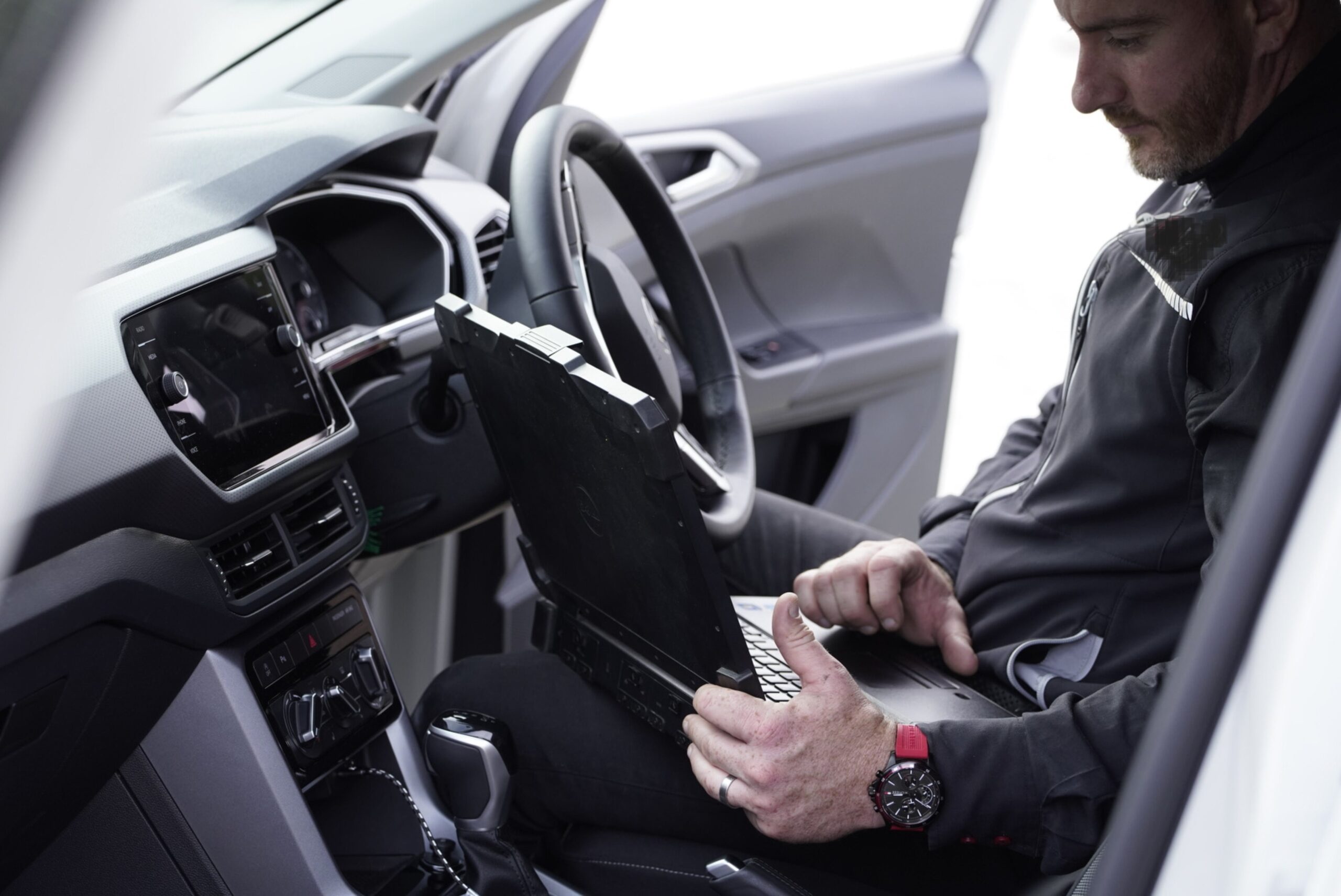
Van Ignition Repair
متابعةنظرة عامة
-
القطاعات الابداع و التصميم-الغير الصناعي
-
تم نشر الوظائف 0
-
المشاهدة 130
وصف الشركة
See What Auto Ignition Repair Tricks The Celebs Are Using
Auto Ignition Repair: Ensuring Your Vehicle Starts Every Time
The ignition system of a car is crucial for its operation, acting as the main entrance to guaranteeing that the engine begins efficiently. Concerns with an auto ignition system can lead to aggravating scenarios where an automobile declines to begin or begin sporadically. Comprehending how to repair ignition problems not just saves time however can also avoid substantial expenses in the future. This short article dives into what auto ignition systems are, how they work, typical problems, and essential repair techniques.
Comprehending How Auto Ignition Systems Work
The auto ignition system is an assembly of components that creates the trigger required to ignite the air-fuel mix in the engine’s cylinders. Here’s a streamlined breakdown of its primary elements:
- Ignition Coil: Transforms the battery’s low voltage to a high voltage.
- Supplier (in older systems): Directs the high voltage to the right cylinder.
- Ignition Module: Controls the timing of the stimulate.
- Stimulate Plug: Fires to spark the air-fuel mixture.
- Crankshaft Position Sensor: Provides info about the position of the engine’s crankshaft to the ignition module.
Table 1: Key Components of an Auto Ignition System
| Component | Function |
|---|---|
| Ignition Coil | Boosts battery voltage for the trigger |
| Distributor | Coordinates stimulate distribution to the cylinders |
| Ignition Module | Controls timing and sequence of sparks |
| Trigger Plug | Fires up the fuel-air mixture |
| Crankshaft Position Sensor | Displays crankshaft position for timing |
Common Auto Ignition Problems
Auto ignition problems can come from different sources, each needing an unique method to repair. Below are some common issues:
- Dead Battery: A battery that can not hold charge will avoid the car from beginning.
- Faulty Ignition Switch: A malfunctioning switch can interrupt the whole ignition process.
- Worn Spark Plugs: Damaged plugs can trigger misfiring and problem beginning.
- Broken Ignition Coil: Without correct voltage generation, the stimulate plugs can not fire.
Table 2: Common Ignition Troubles and Their Symptoms
| Issue | Signs |
|---|---|
| Dead Battery | No dashboard lights, absolutely nothing occurs when turning the key |
| Faulty Ignition Switch | Ignition light flickers, problem in turning key |
| Worn Spark Plugs | Engine misfire, poor fuel effectiveness, difficult to start |
| Broken Ignition Coil | Engine cranks but stops working to start, backfiring |
How to Diagnose Auto Ignition Issues
Diagnosing auto ignition issues typically involves a systematic evaluation of the system’s components. Here’s a basic approach:
- Check the Battery: Ensure it’s charged and the terminals are clean.
- Check the Ignition Switch: Make sure it’s operating and that all connections are solid.
- Take A Look At Spark Plugs: Remove and inspect for wear; replace if necessary.
- Check the Ignition Coil: Use a multimeter to look for voltage output.
- Examine Wiring Connections: Look for any frayed or detached wires that might impact the system.
Actions for Checking Key Ignition Components
- Battery: Use a multimeter to measure voltage.
- Spark Plugs: Remove and check for wear; think about replacing if damaged.
- Ignition Coil: Measure primary and secondary resistance based on the manufacturer’s specs.
Auto Ignition Repair Solutions
After identifying the problem, the repair procedure typically includes resolving the identified issues. Here’s a concise list of options:
- Replace the Battery: If the battery is dead, changing it is the most basic solution.
- Repair or Replace the Ignition Switch: If malfunctioning, think about changing the switch to restore performance.
- Modification Spark Plugs: Replace worn or broken spark plugs with brand-new ones.
- Replace or Repair the Ignition Coil: If it stops working, a replacement is required.
- Fix Electrical Wiring: Repairing or changing damaged wires, adapters, or components.
Common Tools Needed for DIY Ignition Repair
- Multimeter: For electrical screening
- Socket Set: For getting rid of ignition components
- Screwdriver Set: For various screws and ports
- Wrench Set: For securing components
Often Asked Questions (FAQs)
Q1: Can I repair the ignition system myself?A1: Yes, numerous ignition problems can be identified and fixed with basic mechanical skills and tools. Nevertheless, complex concerns might need expert help. Q2: How can I avoid ignition problems?A2: Regular maintenance,consisting of battery checks, trigger plug examinations, and guaranteeing electrical connections are secure, can prevent ignition system concerns. Q3: What are some signs of a bad ignition coil?A3: Common signs consist of engine misfires, trouble beginning,

backfiring, and lowered power. Q4: Is it pricey
to repair ignition issues?A4: Costs differ considerably based on the nature of the issue, where labor and part prices
differ depending on your area. Understanding the elements and function of your car’s ignition system is vital for maintaining a trustworthy and effectively running lorry. By remaining alert to
common concerns, engaging in routine maintenance, and understanding how to perform standard repairs, vehicle owners can make sure that their vehicles are always all set to strike the road. Auto ignition repair does not have to be a complicated task; with proper understanding and the right tools, numerous issues can be fixed efficiently and efficiently. In the journey to ensure your car starts whenever, understanding genuinely is power. Whether selecting self-repair or seeking expert repairs, awareness of your ignition system is key to a smooth ride.
